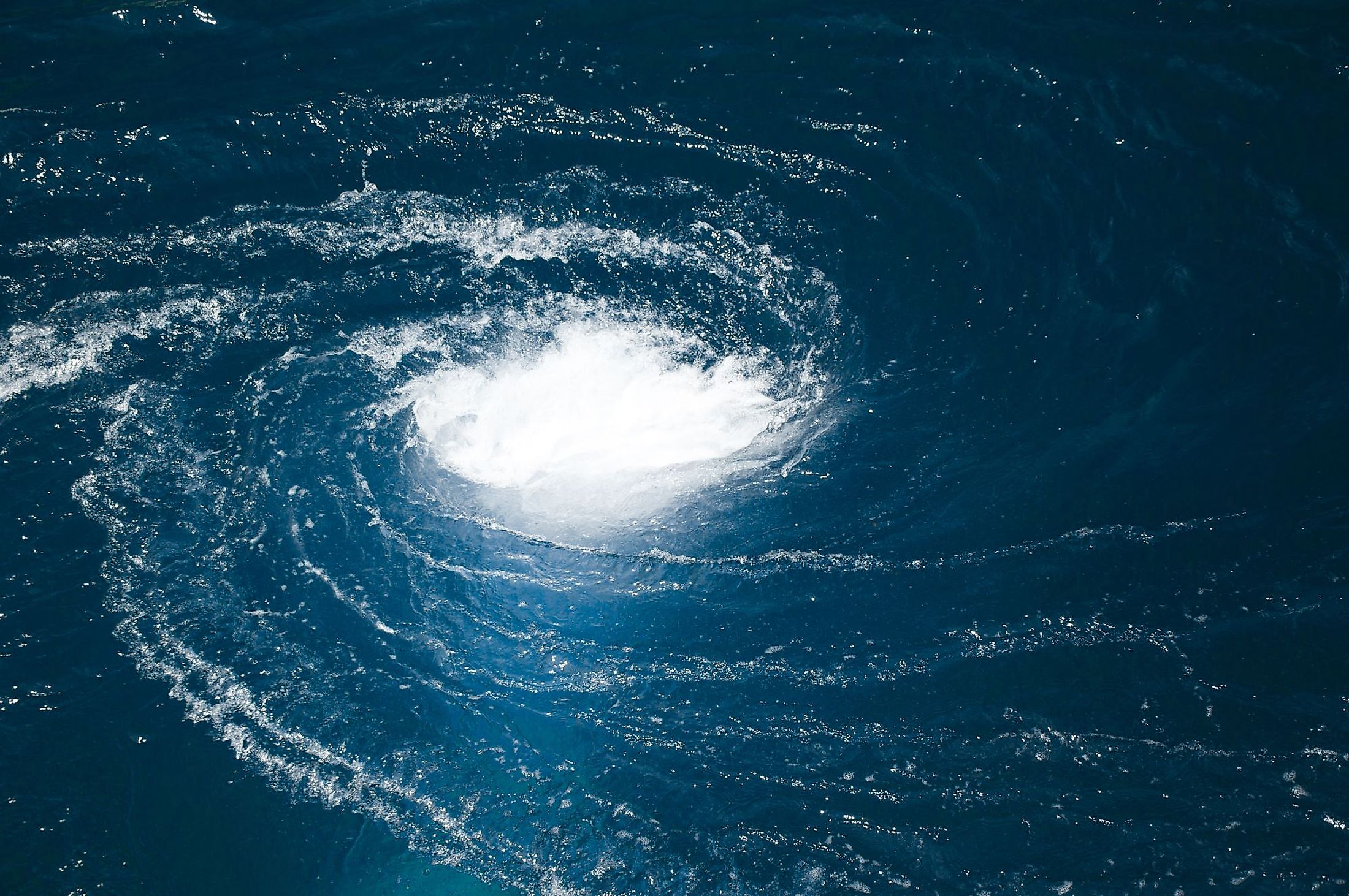
North Atlantic Gyre
The North Atlantic Gyre is a giant ocean gyre located in the North Atlantic Ocean. This gyre is a cyclical ocean current that flows in a sweeping circular motion from the intertropical convergence zone (just above the Equator) up along the eastern coast of North America, to the south shore of Iceland, and across to the western coast of Europe and Africa.
Which Ocean Currents Form The North Atlantic Gyre?
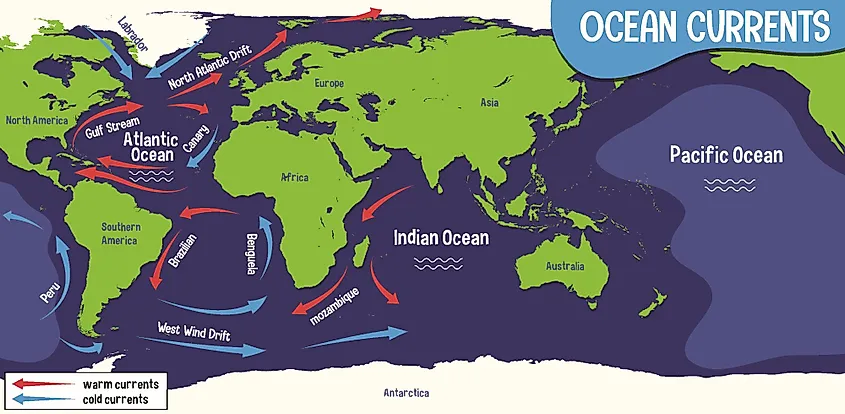
The North Atlantic Gyre consists of several significant streams or currents, which all come together to create the gyre's circular flow. One of the major portions of the gyre is the Gulf Stream, which makes up the gyre's western portion and flows along the eastern coast of the United States. In the north, the gyre continues as the North Atlantic Current, which moves across North Atlantic to Europe. The current then flows southwards as far as Africa's northwestern coast, where it is referred to as the Canary Current, which marks the gyre's eastern boundary. In the south, the chief current is the North Atlantic Equatorial Current which flows across the Atlantic Ocean to the Caribbean Sea. The North Atlantic Gyre has a thermohaline circulation that, in turn, moves salty water up from the Mediterranean Sea in the western arm towards the north to form the North Atlantic Deep Water.
The North Atlantic Garbage Patch
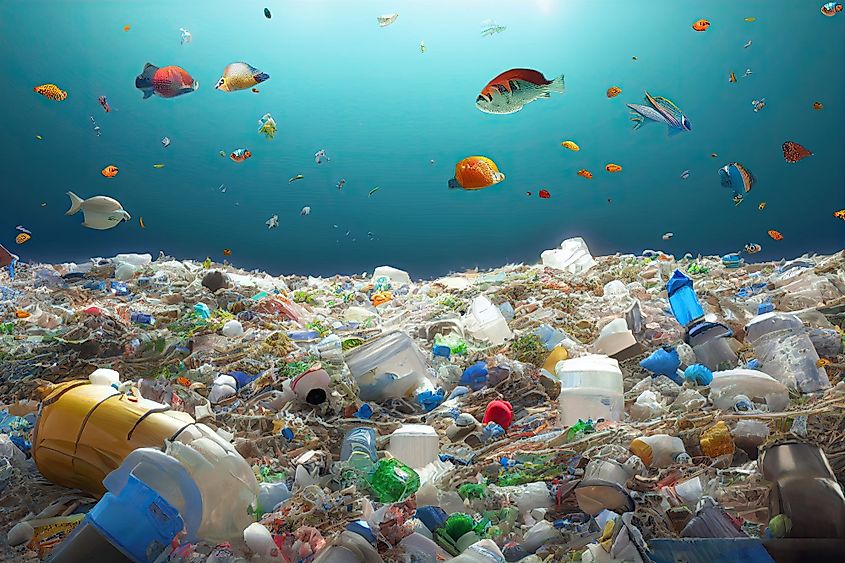
The North Atlantic Garbage Patch is a floating ‘island’ of man-made debris and rubbish within the North Atlantic Gyre. It was first recorded in 1972 by the Sea Education Association and is estimated to be hundreds of kilometers in diameter. The debris island formed due to the collection of waste and garbage which flowed into the ocean from various avenues such as coastal rivers, streams, and landfill runoff. The circular motion of the currents in the gyre force the plastics inward, where they collect and centralize, forming one large mass. Most of the garbage pile is microplastics, which are tiny plastic particles that have broken down from their original source over time but have not dissolved. Since the garbage island is floating within the gyre, its position does shift with current and seasonal changes. It has been recorded as having moved as much as 1,600 kilometers north and south, depending on weather, water temperature, and season.
Environmental Concerns
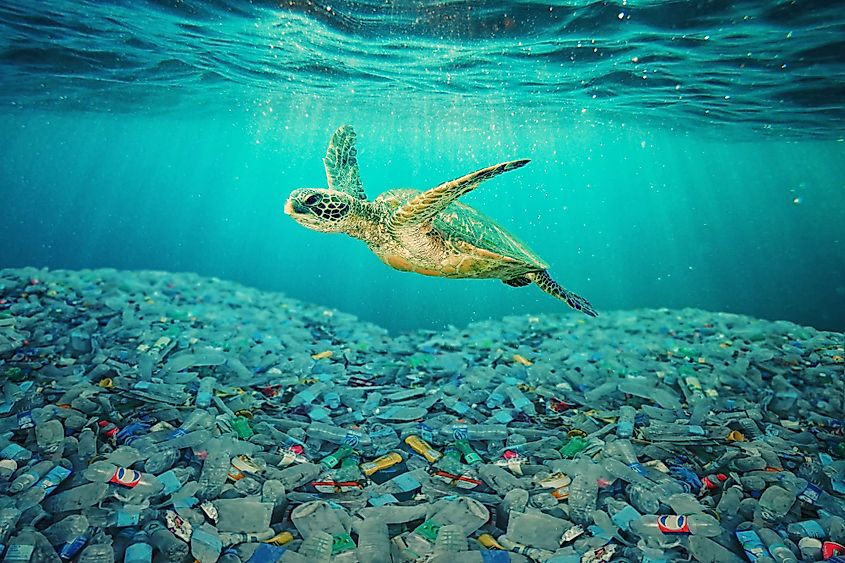
While it may be easy to forget about the Garbage Patch floating out in the middle of the ocean, the implications and environmental concerns are very real. The garbage patch poses a threat to wildlife in the area, which can easily consume microplastics. When animals intake these microplastics, they remain in their system and are passed on to any other animals who eat them - including humans. Entanglement is another issue threatening marine life, as fish, aquatic animals, and birds can often get caught, choked, or weighed down by discarded plastics and fishing lines. Cleanup efforts are unfortunately not common, as most systems that would be used to filter the plastic out of the water also filter out microorganisms and other living things from the ocean water.
Sargasso Sea
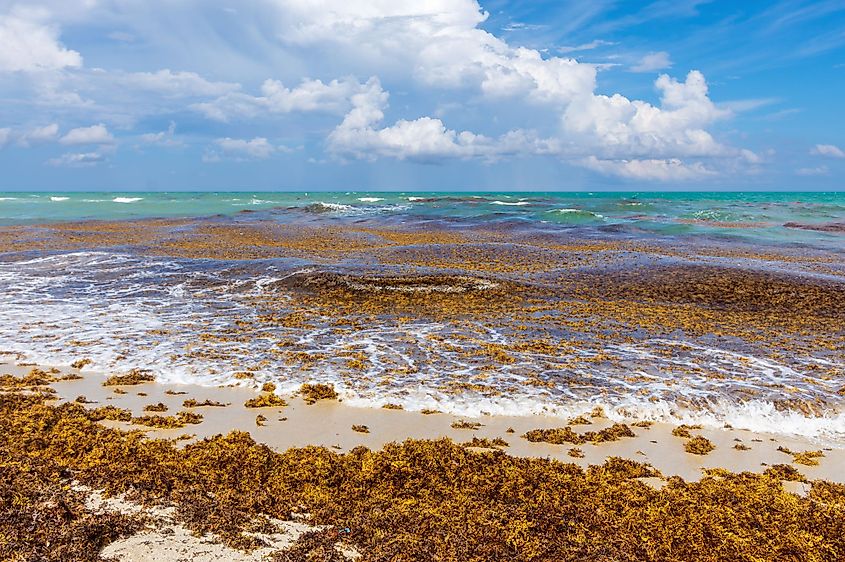
Much like the stagnant area known as the North Atlantic Garbage Patch, a natural clumping of sargassum seaweed has collected within the North Atlantic Gyre. This area, known as the Sargasso Sea, is characterized by calm waters and dense seaweed accumulation. Much like a hurricane has a calm eye or center, this is a calm area of the sea surrounded by the more active currents that make up the gyre.
Why Is The North Atlantic Gyre Important?
As one of the five major ocean gyres on Earth, the North Atlantic Gyre plays a significant part in the circulation and movement of water around the globe. It helps to drive the continual circulation of water throughout the ocean systems in a process known as thermohaline circulation. This process is essential to regulate both the ocean's and the Earth's temperatures. This constant flow also ensures that the ocean's salinity and nutrients are constantly in motion, maintaining the delicate balance within our ocean ecosystems. Without these currents and gyres, water would become stagnant, temperatures would rise or drop, and ecosystems would be thrown off balance, disrupting plant and animal habitats.











